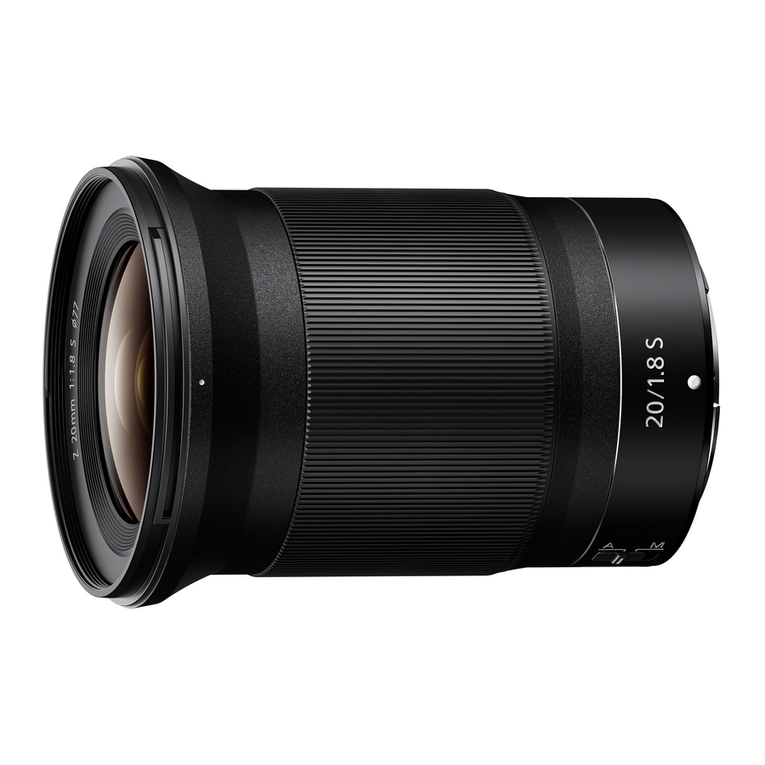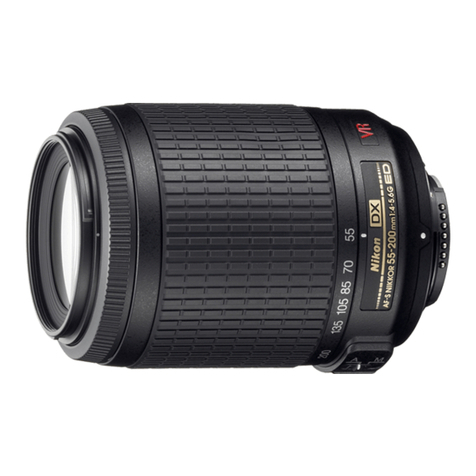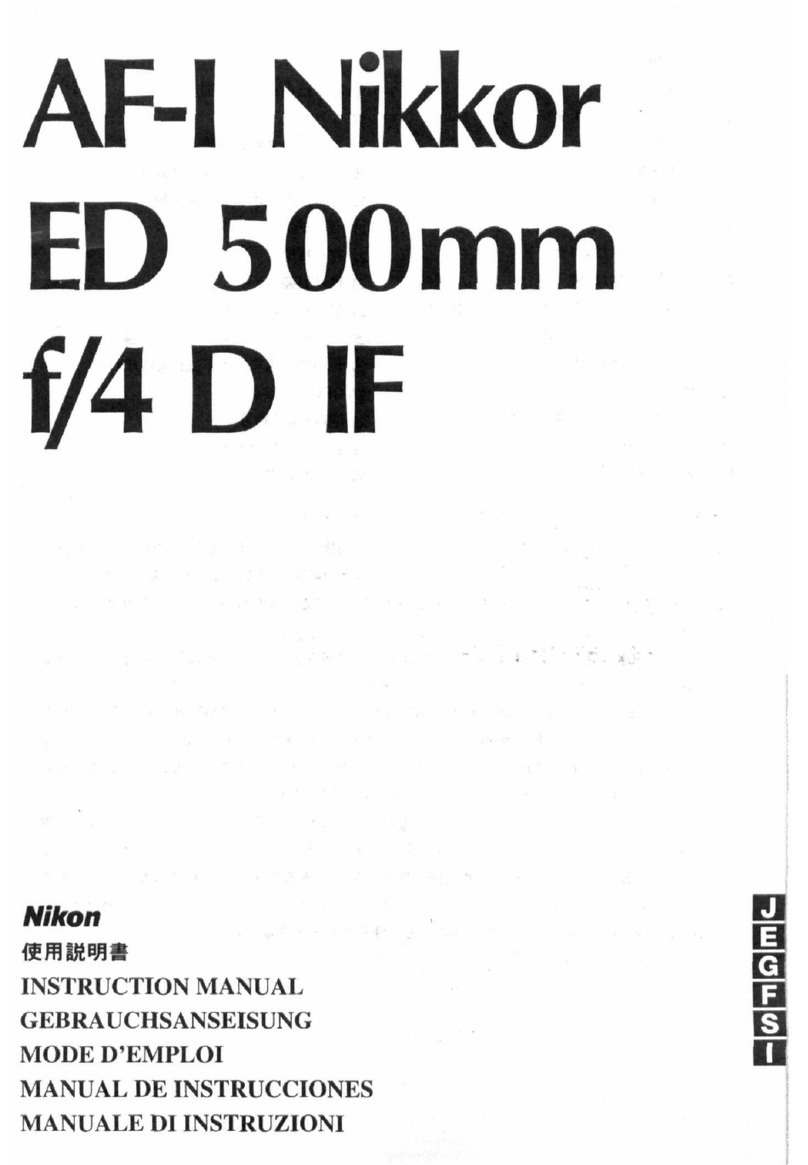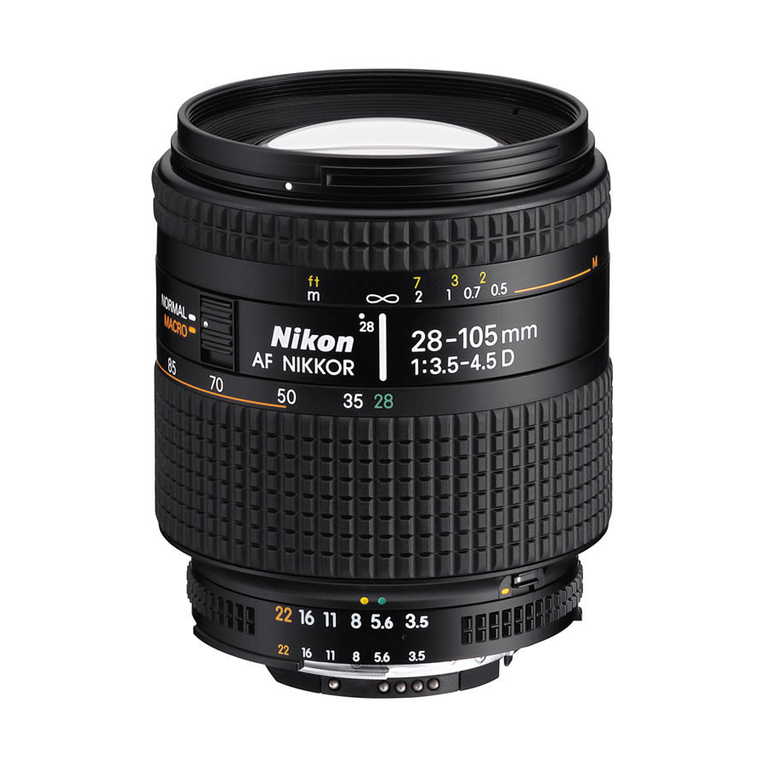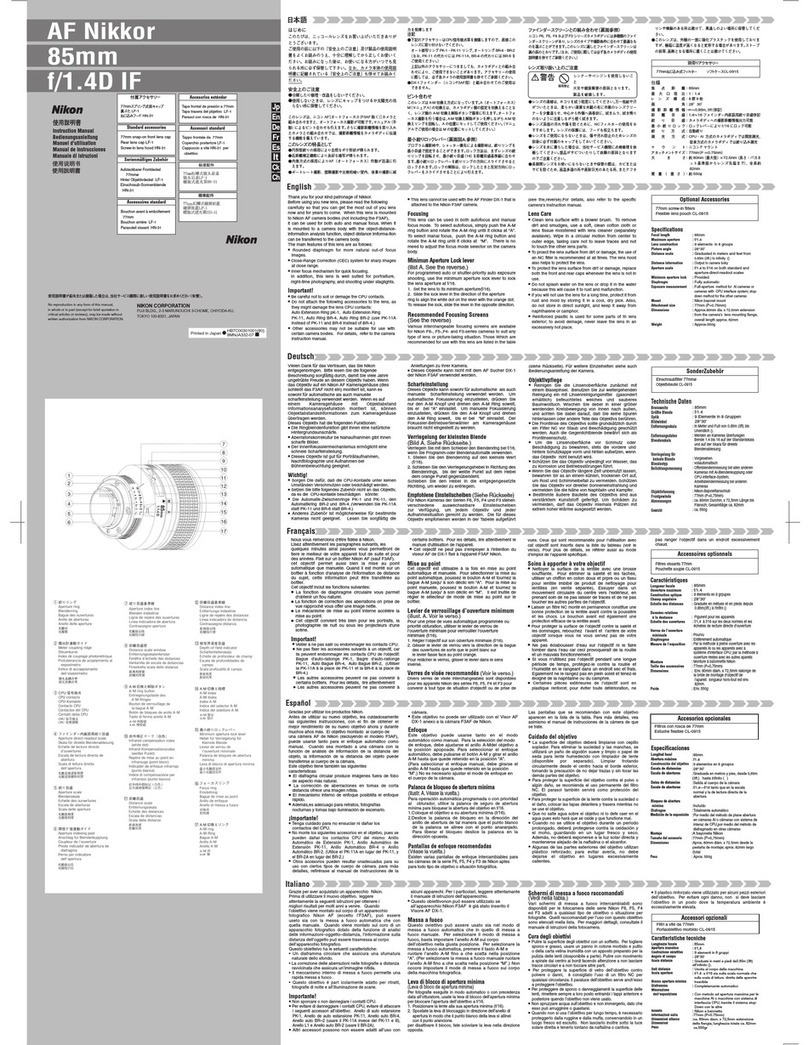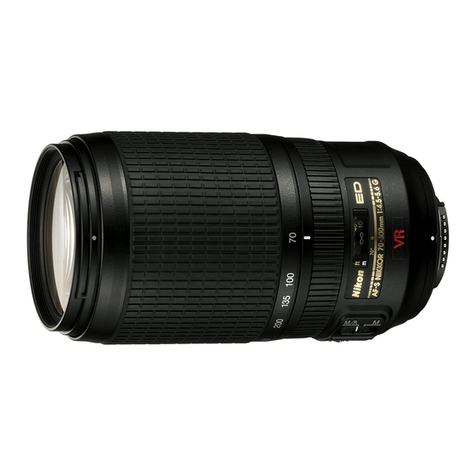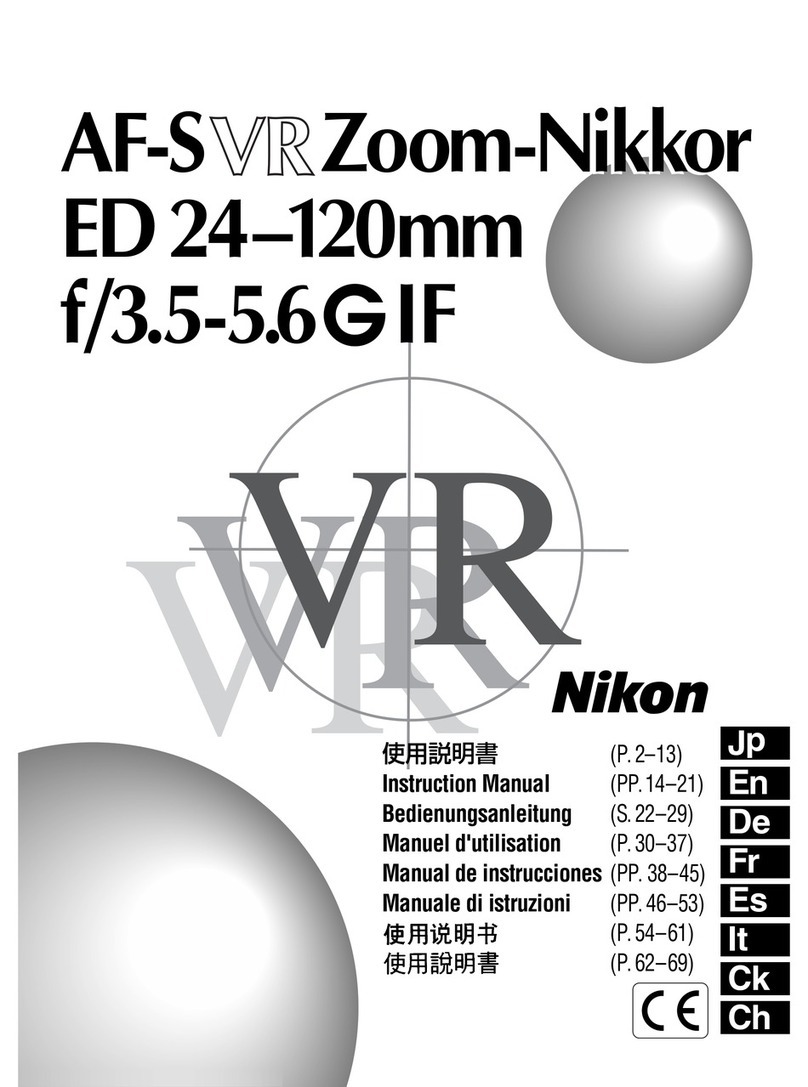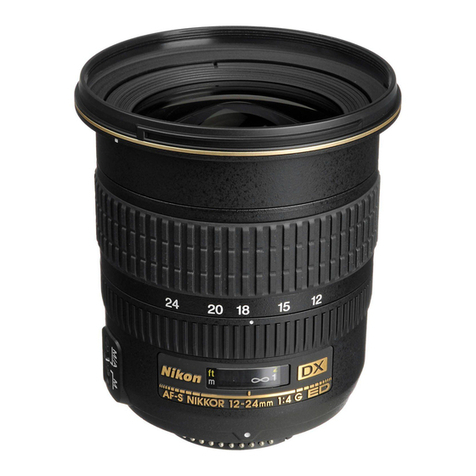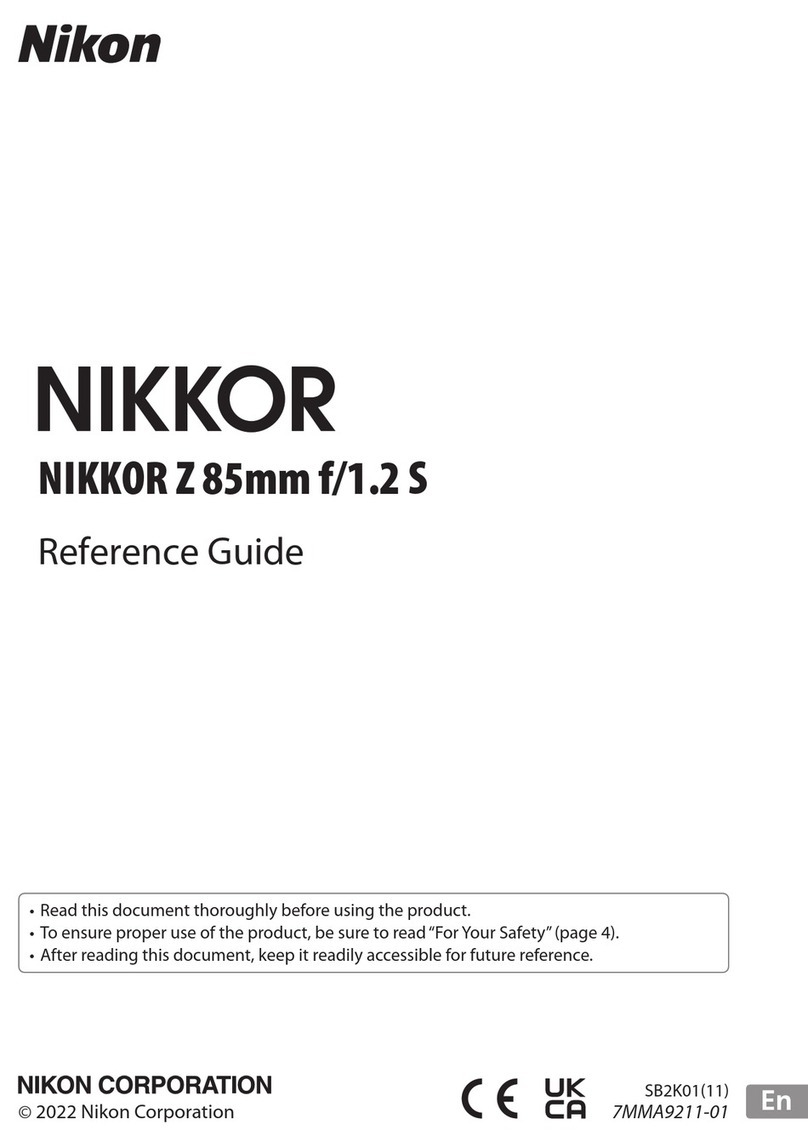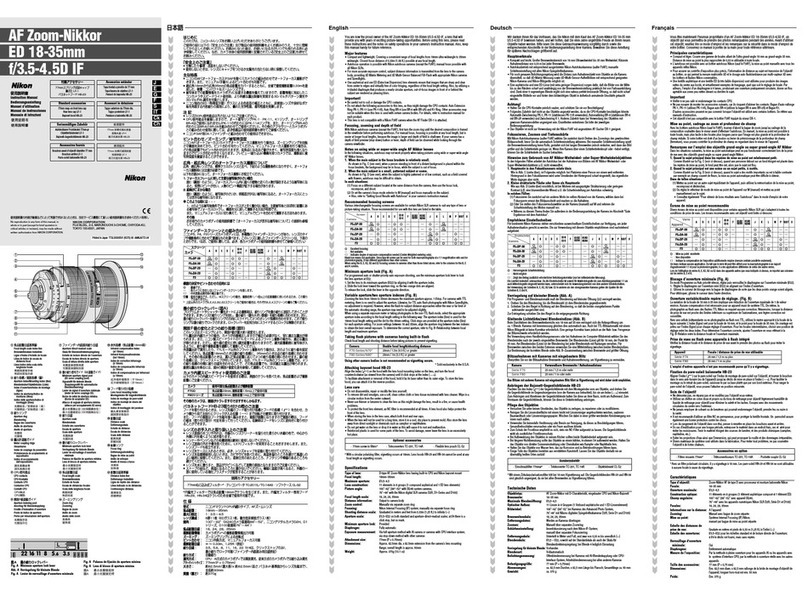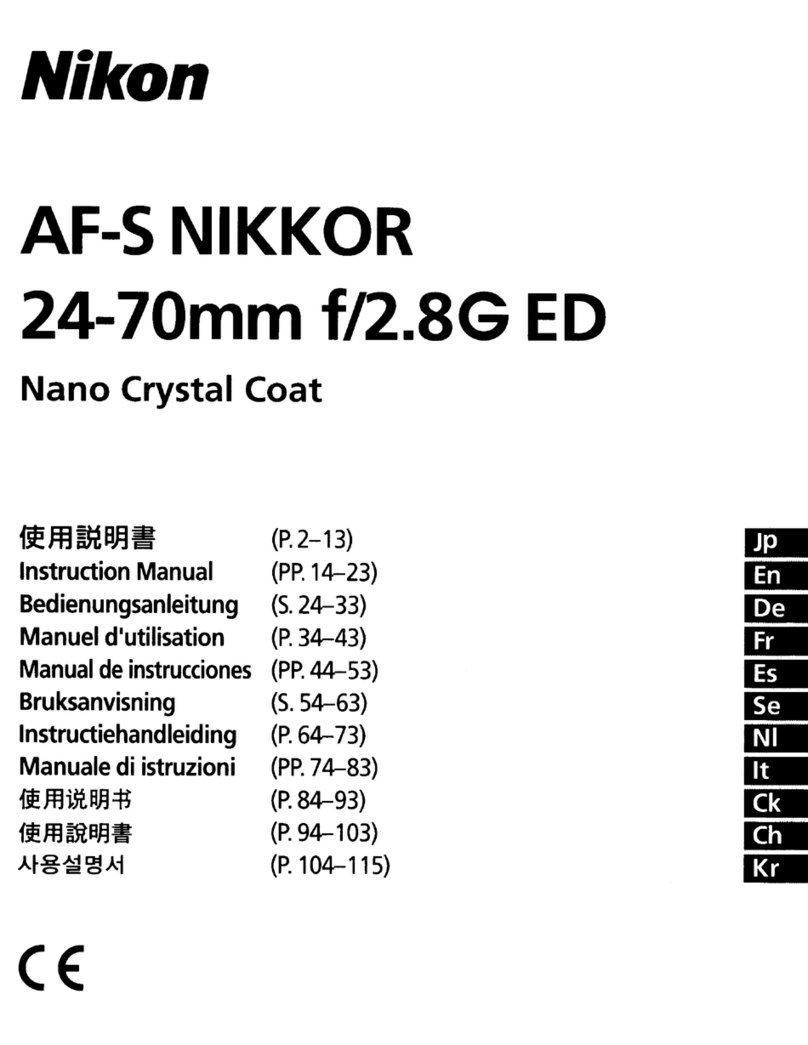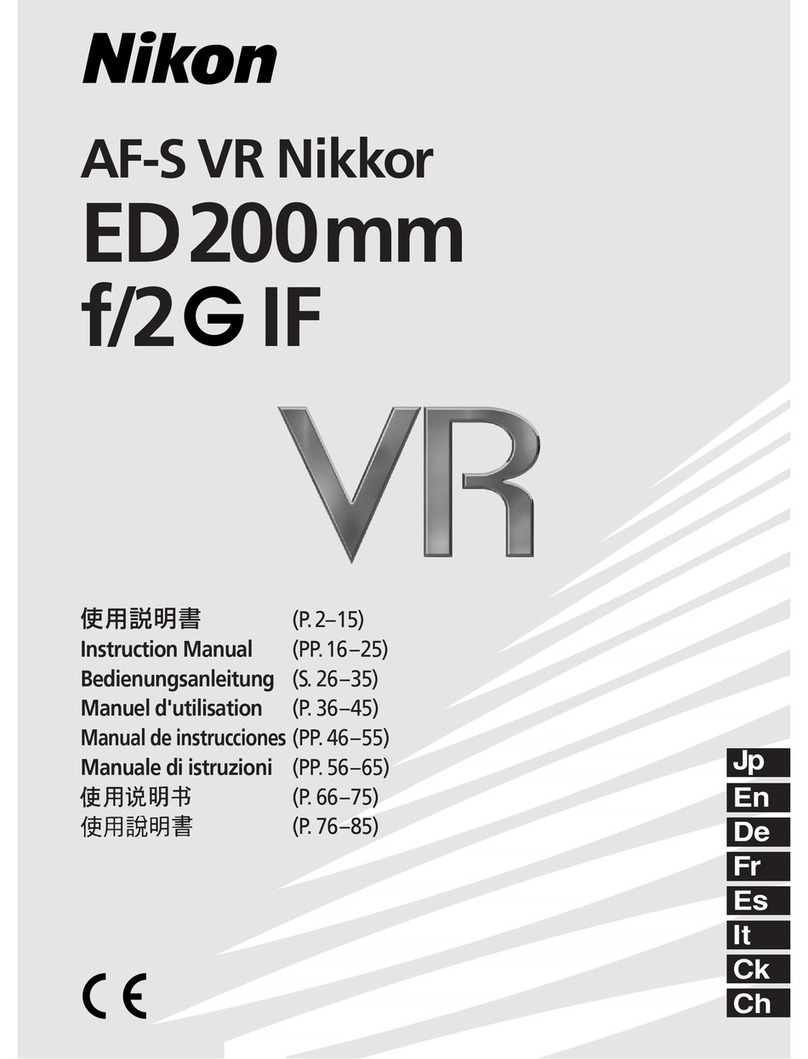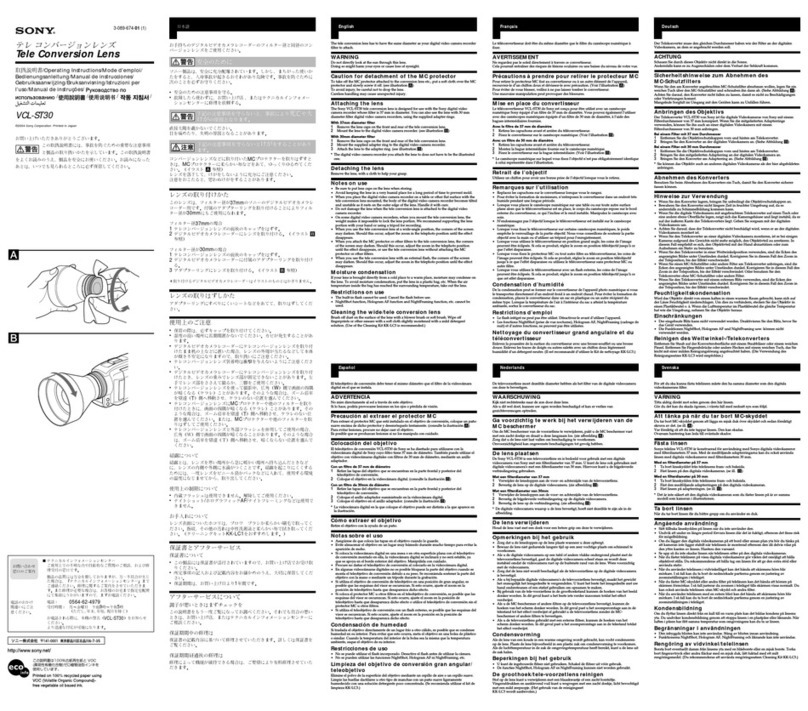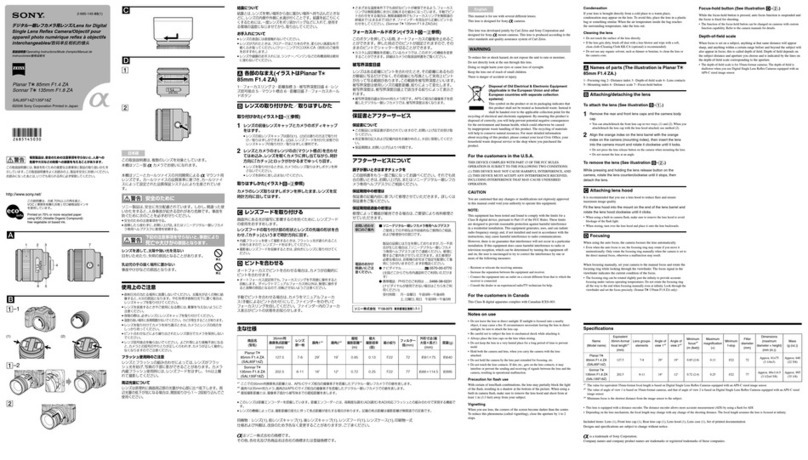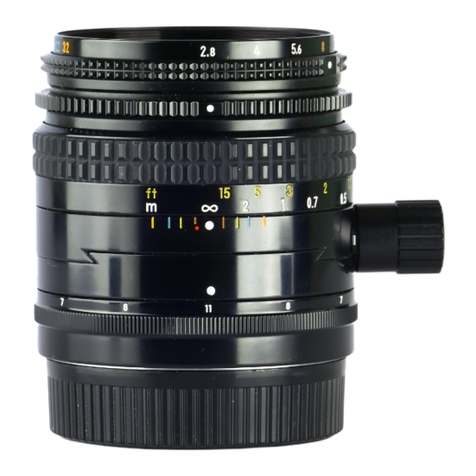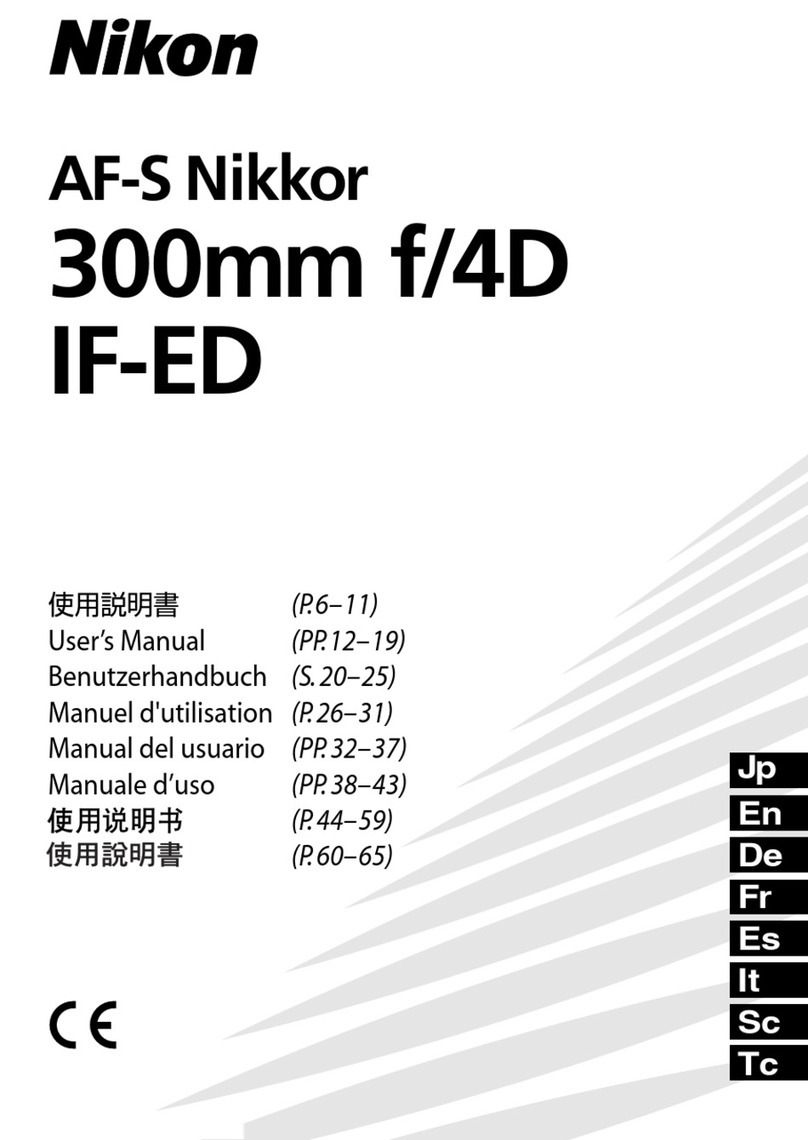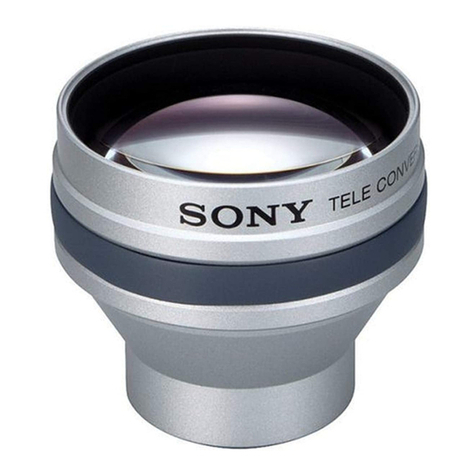Quick Ceph®Systems
Doc ID# 1028Nikon_5000_help - Revision 3-26-02
Nikon Coolpix 5000 Help
http://www. uickceph.com/docs/1028Nikon_5000_help.pdf Page 1
The camera settings shown below offer a starting point for taking pictures with the Nikon Coolpix 5000 digital camera.
Nikon also includes with each camera a help manual entitled, “The Nikon Guide to Digital Photography with the
Coolpix 5000 Digital Camera”. We encourage you to familiarize yourself with the settings and usage of this camera.
The Nikon 5000 camera has 3 user-defineable settings and one automatic setting. We recommend the automatic setting for extraoral
photographs, although you can easily create custom settings for your extraoral photos. To change settings, hold do n on the Function
key on the top of the camera and rotate the command dial. A indo ill appear in the upper left corner of the large rear LCD
indicating the current user setting. For the automatic mode, make sure no numbers are present in the left corner of the screen.
FINE mode with Anytime
Flash enabled.
Adjust image quality:
Click on the button on
the back of the camera until
the FINE option is displayed.
Recommended Settings for Extraoral Photographs
A
We suggest using either a wall mounted lightbox with a built-in slave flash or a bare slave flash
to eliminate shado s on the facial photos. If you are using a bare slave flash, e have found that
it orks best hen placed precisely behind the patient’s head, facing to ard a hite background.
You may need to adjust the brightness on the background lighting that you use in order to generate
accurate soft tissue hues. Overhead fluorescent lighting may also affect the color of the images.
You can replace the fluorescent bulbs ith halogen lighting to produce better color images.
Professional photographers spend time setting up their studios for just the right picture. We also
have to invest time in setting up our offices for the right lighting for digital images.
Tips for Taking Extraoral Images
When you are taking the lateral head image, make sure the patient’s head is level, ith no tilting or
canting. We suggest that you place a mirror in front of the patient ith a vertical line and have them
align themselves to it. This ill make it easier to align the photos to the x-ray tracings. You should
capture the photo ith the camera lens aligned ith the patient’s Frankfurt Horizontal plane to
ensure the most accuracy.
Yo r Control Panel
sho ld look like this.
Adjust flash settings:
Click on the flash button on the
back of the camera until the flash
displays only the symbol. This
enables the Anytime Flash mode.
eneral settings:
To take intraoral images, the camera must be s itched to the Macro Close-up
mode. To activate this mode, press the AF button until the icon appears in
the Control Panel and the LCD monitor. The Anytime Flash mode should be
turned on as ell.
2 3
2
4
5
For intraoral photographs, e recommend adjusting the camera settings using one of the 3 user-defineable settings. This
gives you greater control over the exposure and depth of field of the images, resulting in higher quality pictures than in the
auto mode. The settings for each user setting only needs to be created once, as the camera “memorizes” them.
Changing User Settings:
You should change the user settings to one of the
3 user-defined settings by follo ing the steps
described above.
1
Adjusting ISO film speed:
The ISO settings define ho quickly the camera
takes the picture. A higher ISO number means the
camera ill take the picture quickly, so there’s less
chance of blurry pictures. This is especially useful
for intraoral pictures.
To set the ISO settings, hold do n the flash button
on the back of the camera and rotate the “Command
Dial” located at the top of the camera as sho n:
The letters ISO should appear in the Control Panel.
You should stop rotating the dial hen ISO 400
appears.
3Adjusting Aperture Priority:
For a better depth of field, you should adjust the Aperture settings. Setting the cam-
era on “Aperture Priority” allo s you to adjust the camera so you can take pictures
here the foreground and the background are both sharp. This is crucial for intra-
oral photographs.
To enable “Aperture Priority”, hold do n the “Mode” button and rotate the
“Command Dial” located on the top of the camera until the icon appears:
Next, rotate the “Command Dial” all the ay to the right until the you reach an F-
Stop of about 8.0, hich appears in the control panel screen at the top of the cam-
era. This fully zooms in the lens, and is ideal hen taking intraoral
pictures. You should no hold the camera as close to the subject as
possible before the image goes out of focus.
4
Recommended Settings for Intraoral Photographs
B
Initial Steps:
Turn the camera on by rotating
the top dial to “On”. The menu
button on the back of the camera
should be set to the Shooting
mode.
1
Shooting Mode
